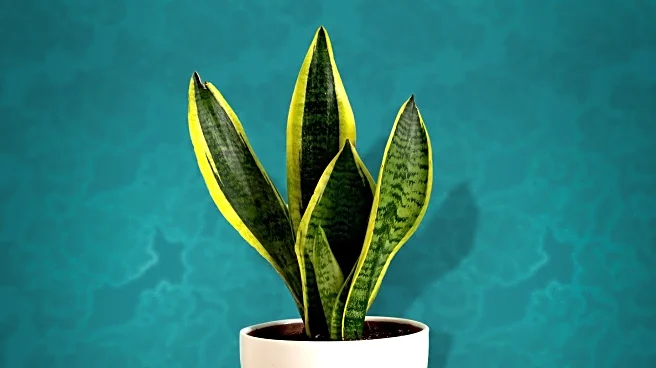What's Happening?
A traditional kitchen ritual involving boiling orange peels with cinnamon is gaining popularity for its aromatic and potential health benefits. This practice, which releases a sweet, tangy scent, is being
studied for its antibacterial and antifungal properties. Recent scientific reviews suggest that compounds in orange peels, such as flavonoids and phenolic acids, may reduce oxidative damage at the cellular level. Similarly, cinnamon is noted for its antimicrobial and anti-inflammatory properties. The vapor from this mixture is believed to contribute to air purification, offering a natural alternative to synthetic air fresheners.
Why It's Important?
The resurgence of this home fragrance ritual highlights a growing interest in natural antimicrobial agents and air purifiers. As scientific research validates the health benefits of these common household ingredients, they could become integral to public health strategies, especially in areas with limited access to conventional disinfectants. The practice also underscores a shift towards sustainable and eco-friendly cleaning solutions, reducing reliance on chemical-laden products. This trend may influence consumer behavior and product development in the home fragrance and cleaning industries.
What's Next?
Further research and clinical trials are needed to fully understand the health impacts of boiling orange peels with cinnamon. If proven effective, this practice could be promoted as a low-cost health intervention, particularly in under-resourced settings. Researchers are cautious but optimistic about the potential for these natural compounds to contribute to air quality and cognitive health. The findings may lead to broader discussions on integrating traditional practices with modern scientific insights.
Beyond the Headlines
The practice of boiling orange peels with cinnamon not only offers sensory benefits but also raises questions about the intersection of traditional knowledge and scientific validation. It challenges the perception of food waste and spice rack staples, suggesting they may hold untapped therapeutic potential. This development could inspire further exploration of other overlooked natural ingredients and their applications in health and wellness.












